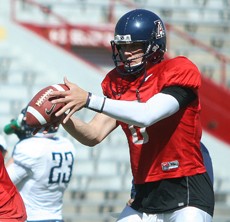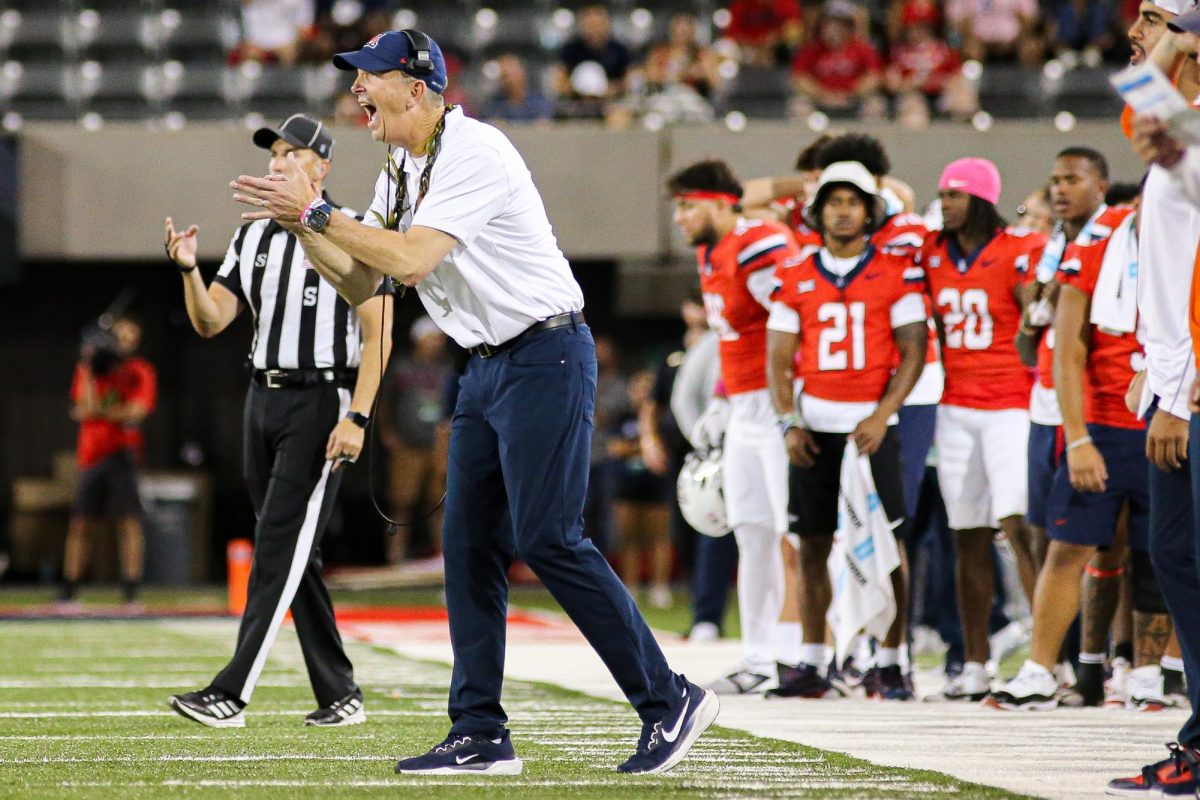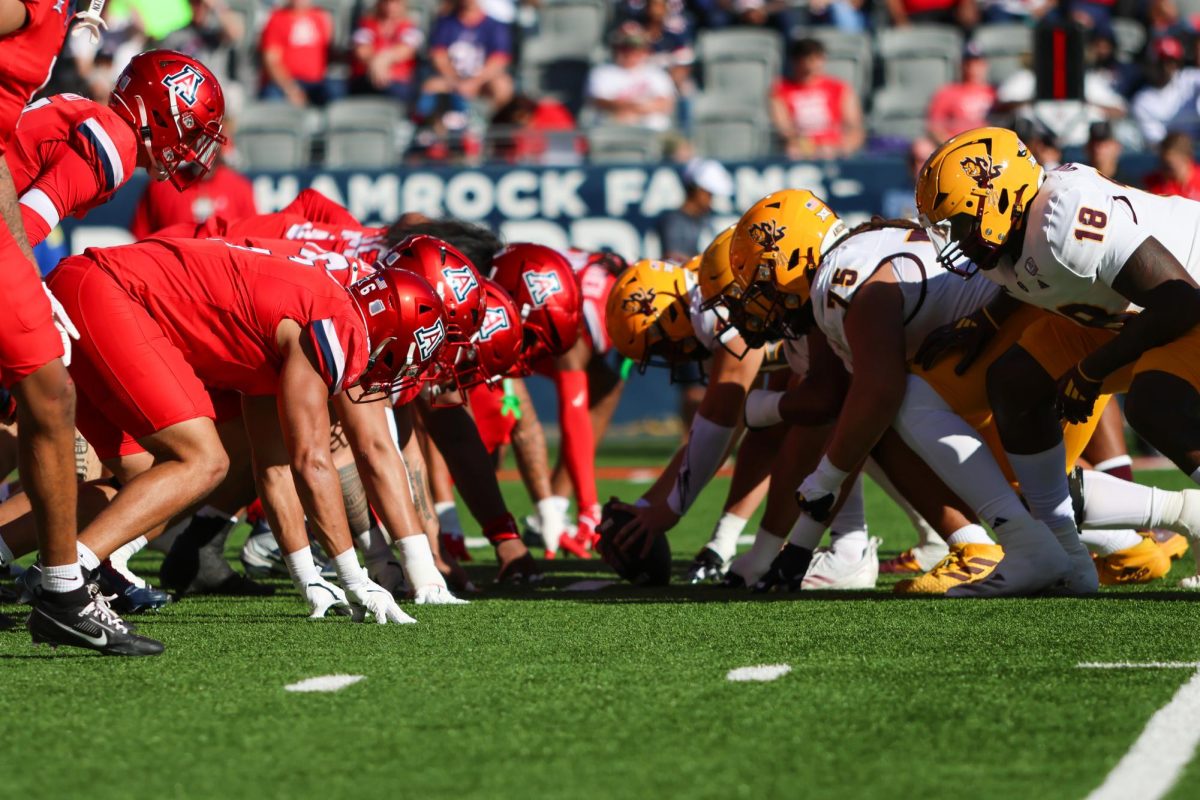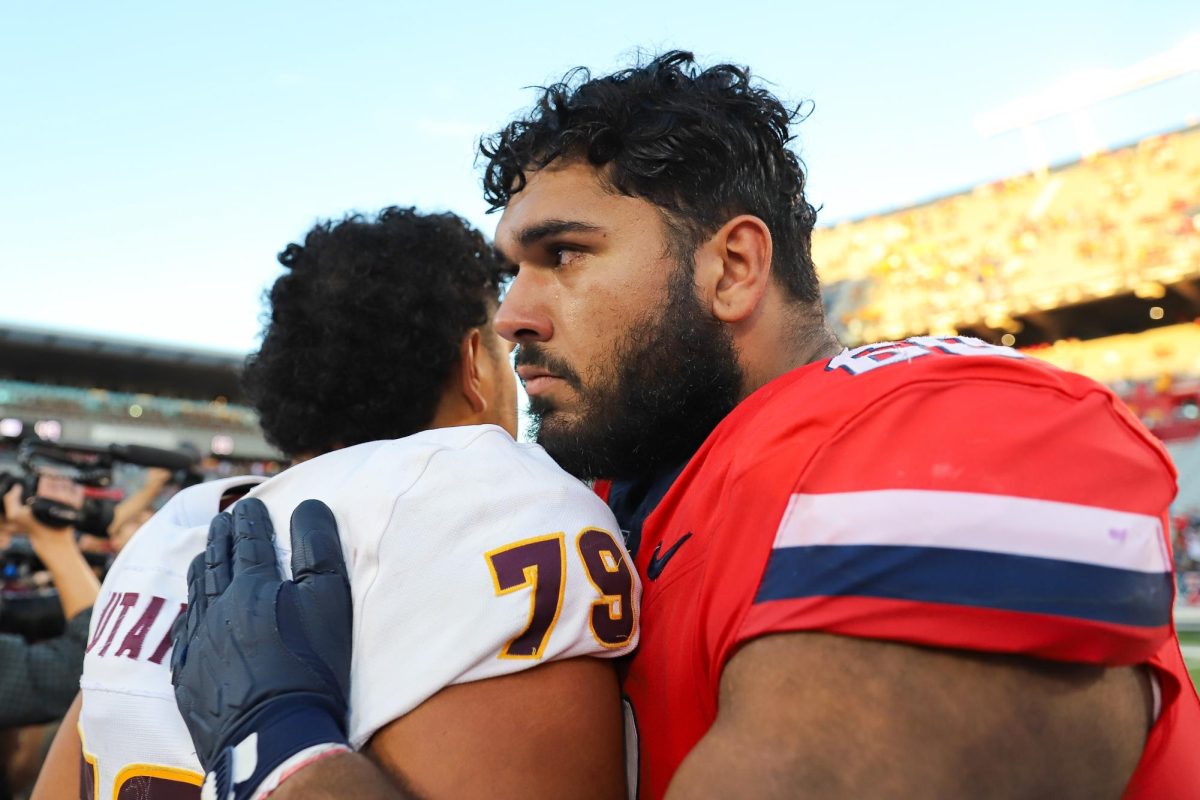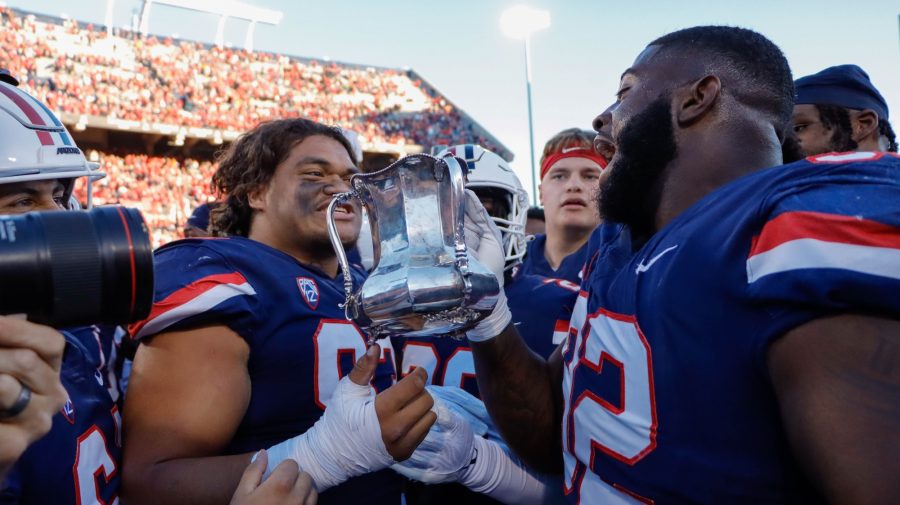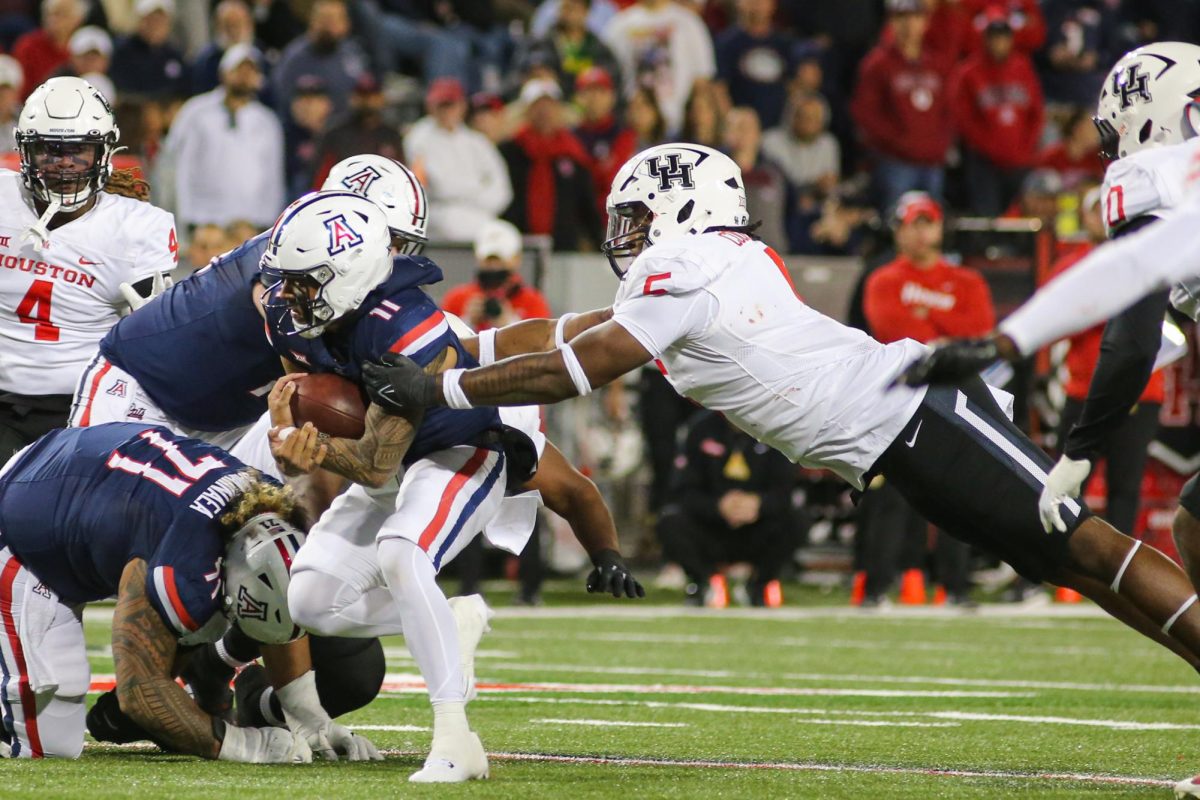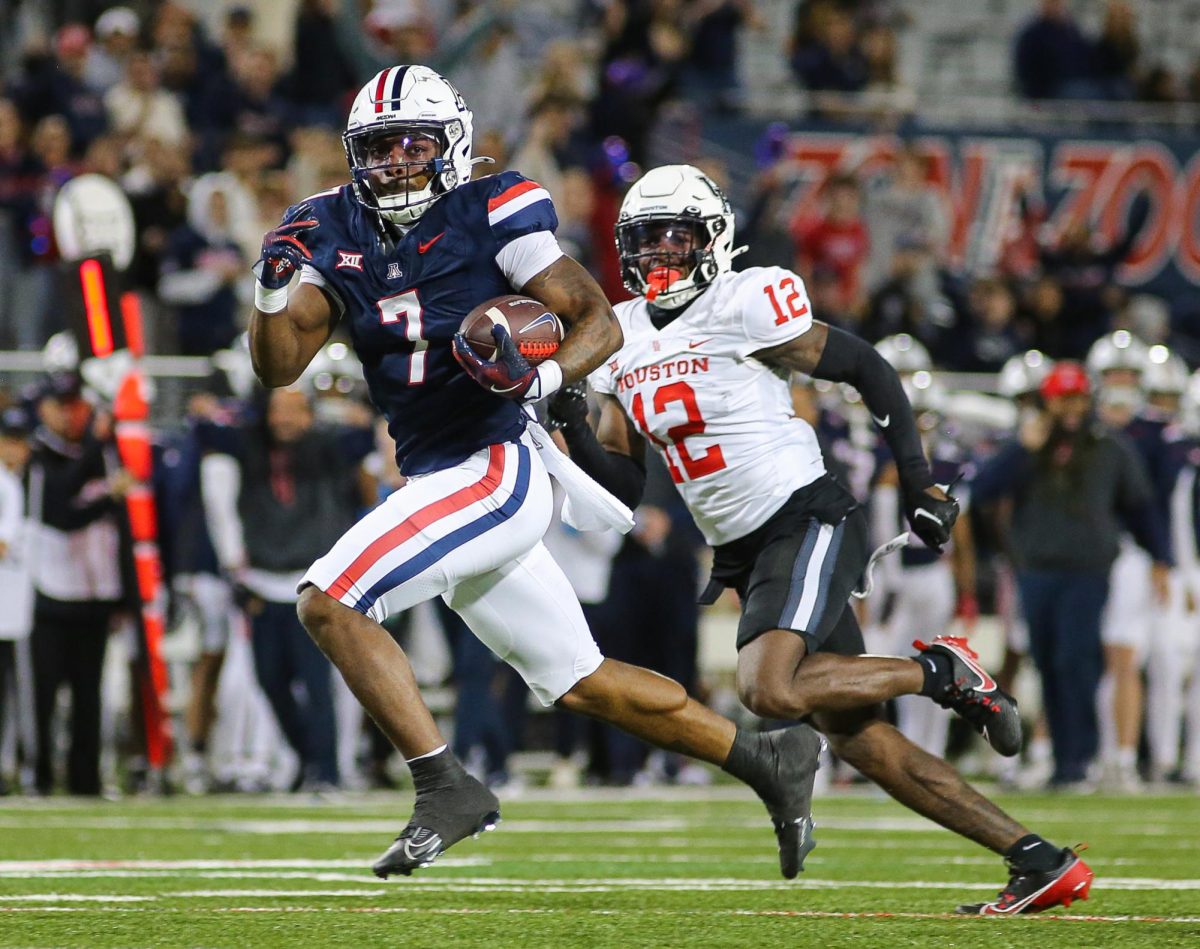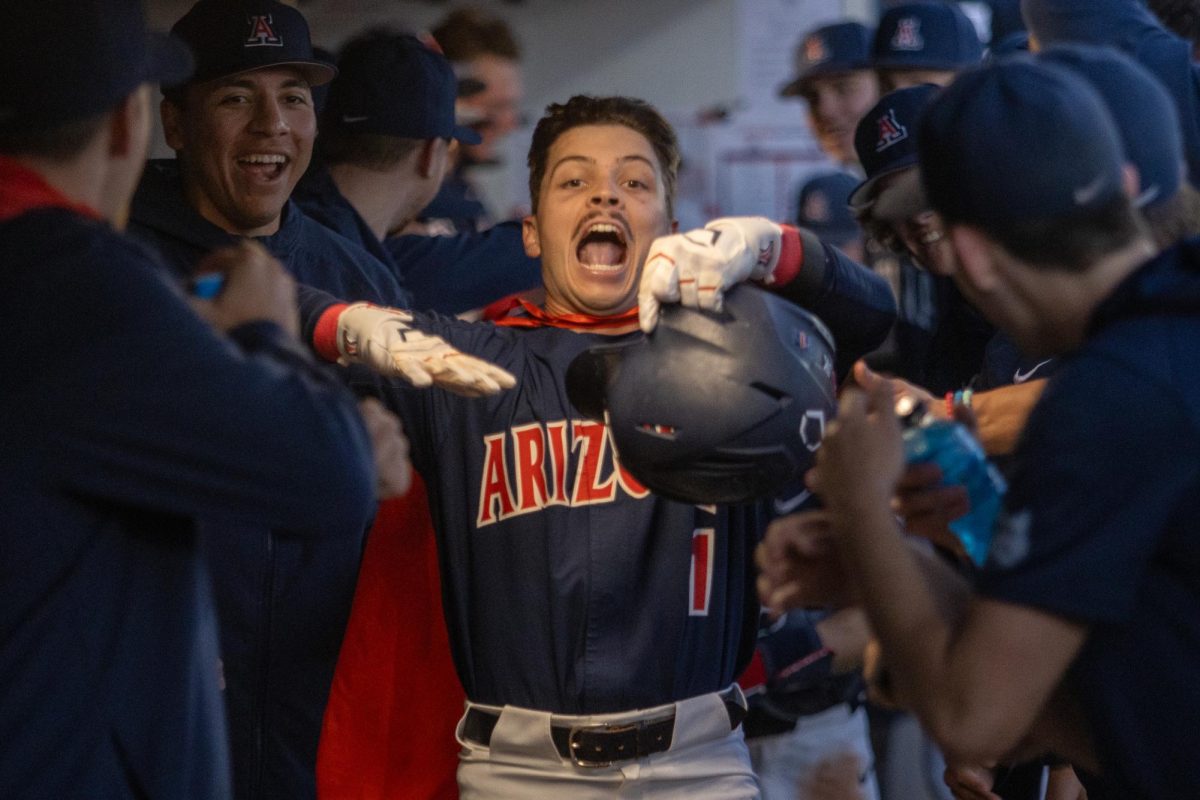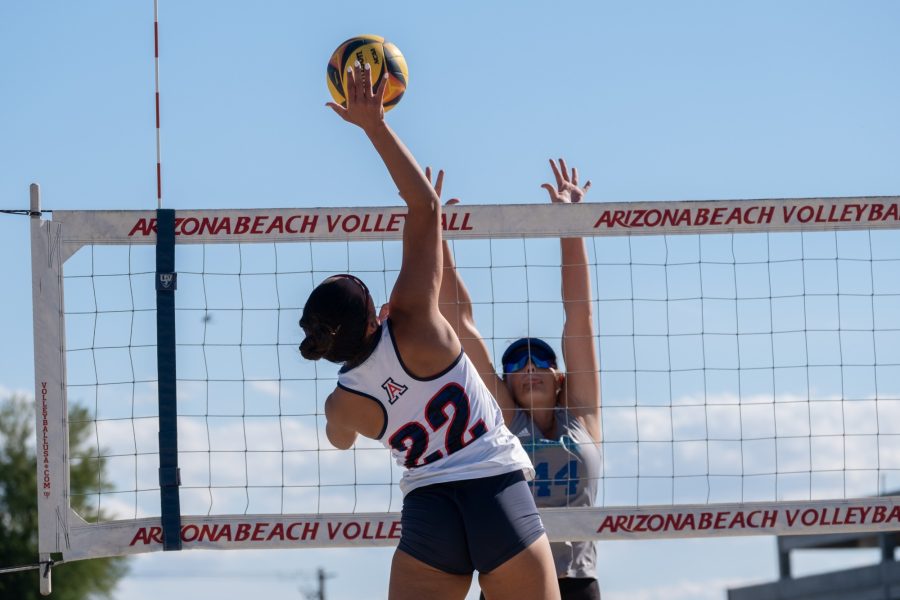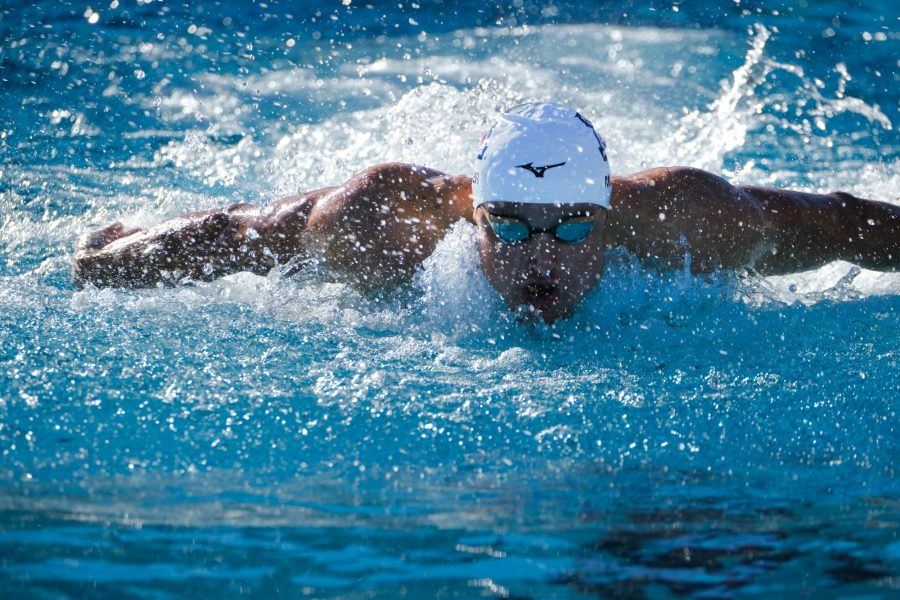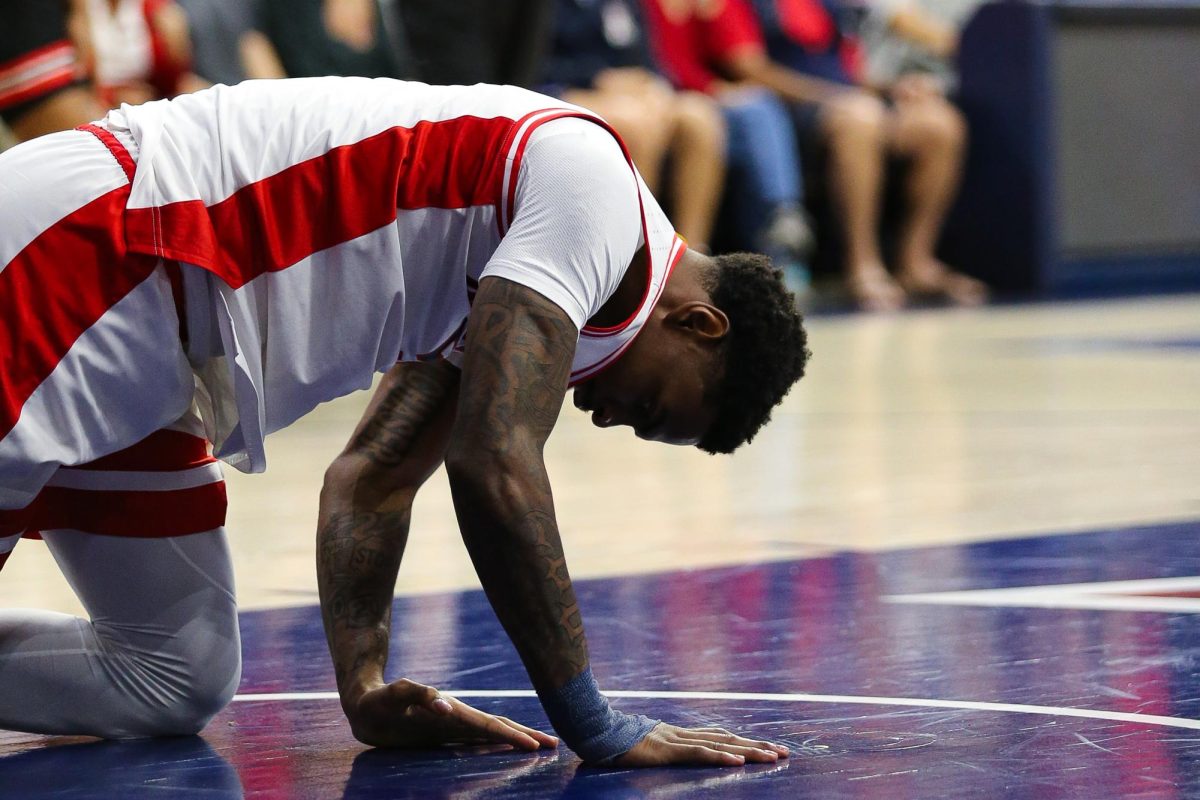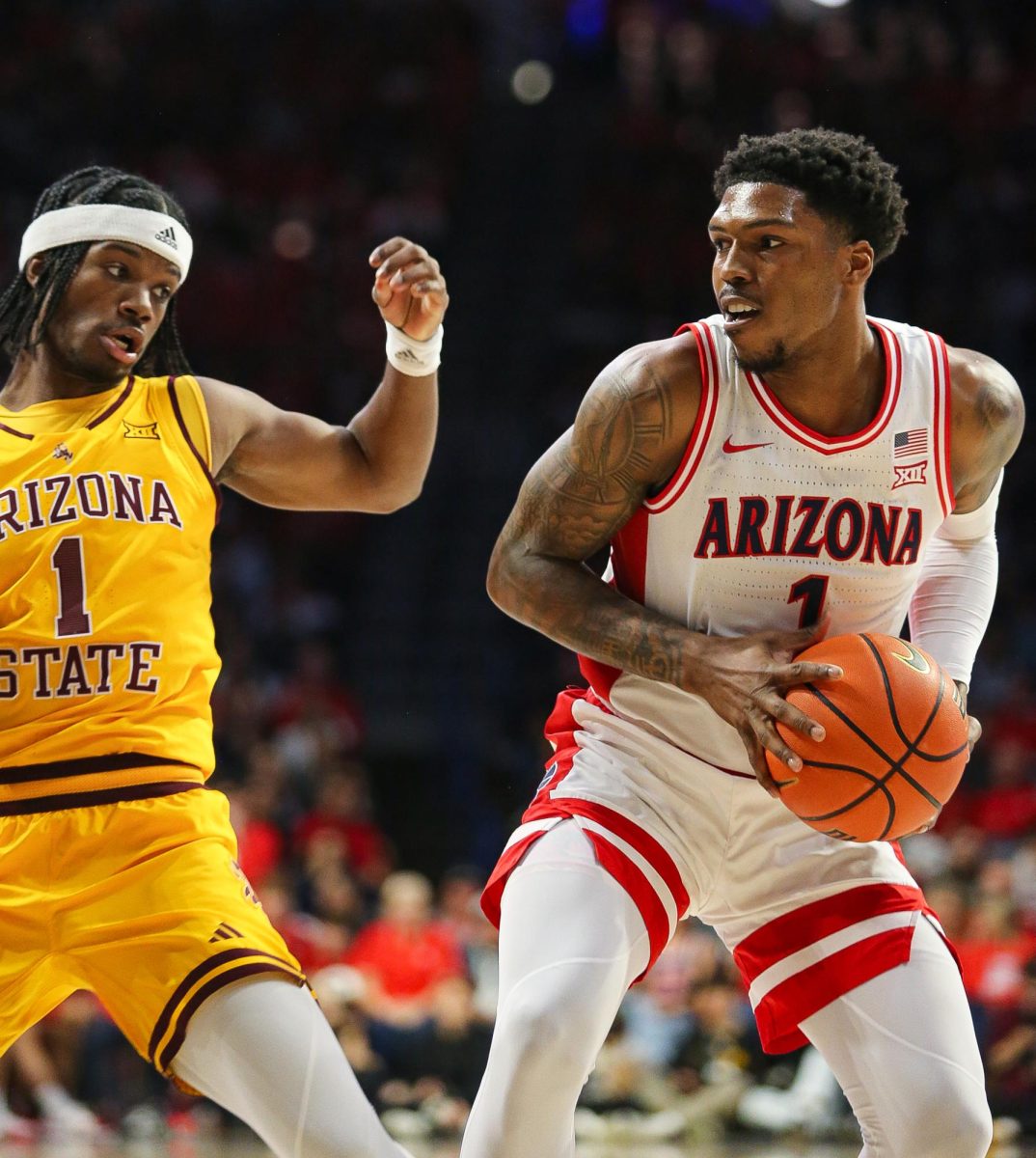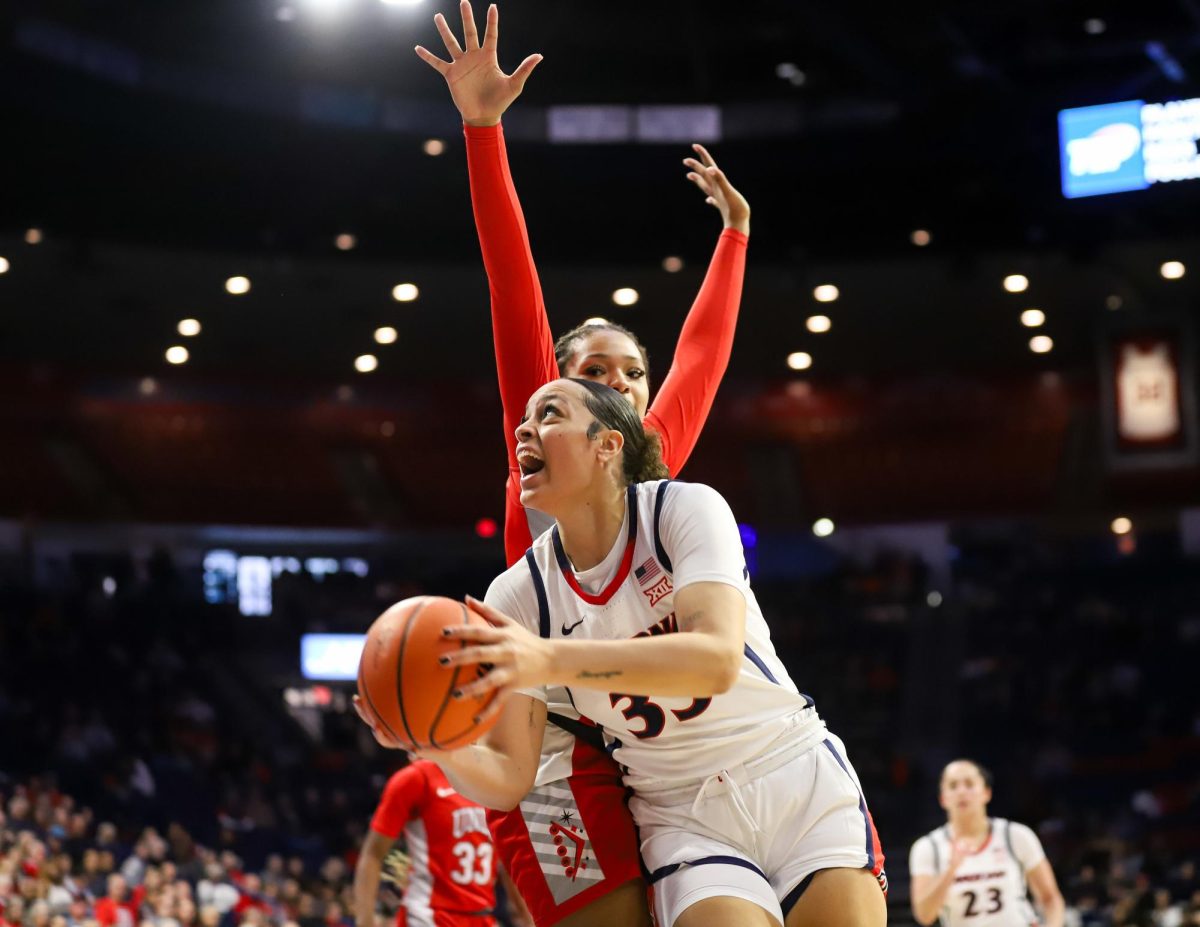Highest pick:
Nick Foles — While the chance of Foles being a first-round selection is slim to none, expect him to be picked in the the second round. Best-case scenario, Foles will be picked to a team with an already established quarterback so he can sit for a few years before he’s thrown into the fire, a la Aaron Rodgers, Matt Flynn and Matt Schaub. The most ideal second-round landing spot for Foles, barring trades or other draft picks, would be Kansas City at No. 44, Philadelphia at No. 46, Pittsburgh at No. 56, Denver at No. 57, Green Bay at No. 59 and San Francisco at No. 61.
-Rosenblatt
Nick Foles — Foles hasn’t received the pre-draft publicity that he should, but he’ll still be the first Arizona player selected. It all depends on how the draft progresses, however. If there’s a run of receivers early, Juron Criner will hear his name called first.
If the quarterbacks fly off the board quickly, Foles could be selected as early as the second round. In the end, Foles will be drafted somewhere toward the top of the third round, ahead of Criner, Trevin Wade and the rest of his former Wildcat teammates. As former UA quarterback coach Frank Scelfo said, no team will pass on Foles three times, and with Criner’s declining draft stock, Arizona’s all-time leading passer will end up being the first Wildcat off the board.
-Schmitz
Best pro:
Juron Criner — It was a close call between Criner and Foles, but from talking to various former UA players and coaches, the general consensus is that while Criner might not get drafted there, he is certainly a first-round talent. In terms of productivity, Criner’s numbers rival that of all the top receiver prospects not named Justin Blackmon. He’s not the fastest receiver, but his amazing body control, footwork, determination and physicality will have him starting at receiver on a NFL roster in no time.
-Rosenblatt
Nick Foles — There’s no question what Criner can do on the field. His ball skills are among the best in the draft and he’s a tough runner after the catch. But it remains to be seen if he can get off the line against NFL cornerbacks (see 4.59 40-time).
Nick Foles, on the other hand, will have no trouble making all of the throws, learning a pro style system and evolving into a longtime NFL starter. At 6-foot-5, 245 pounds he has the stature of a prototypical NFL quarterback. Although he lacks speed and quickness Scelfo likened him to Ben Roethlisberger for his deceptive ability to keep plays alive in the pocket. While the skills are there, the biggest positive for Foles is his work ethic and will to get better. He’s a workaholic and a genuinely good kid, and if he gets in the right situation, he’ll blossom with time.
-Schmitz
Possible surprise UA draftee:
Gino Crump — He only has one year of game film to break down after getting virtually no playing time for three years, but when Crump was given the chance, he produced. He has an NFL body, at 6-foot-2, 210 pounds, and he tested well at the UA’s NFL Pro Day with a 4.52 40-yard dash and 37.5 inch vertical. If he gets drafted it won’t be until the seventh round, but if not, Crump will find a place in the NFL.
-Rosenblatt
Mohammed Usman — Guys like Gino Crump, Robert Golden and David Douglas are likely to sneak into the later rounds, so I wouldn’t exactly consider them a surprise, which brings me to Mohammed Usman. More than half of Arizona fans probably don’t even know who Usman is, but NFL scouts do. While Usman was only able to play in 14 games at Arizona due to academic ineligibility and injuries, the University of Houston and junior college transfer is a physical specimen. At 6-foot-2, 252 pounds Usman is quick and explosive with a never-ending motor. He should be able to shift from defensive end to outside linebacker in a 3-4 scheme as he showed in the Casino Del Sol All-Star Game.
Usman worked out for the Texans and the Colts and could be a steal in the late seventh round.
-Schmitz
Underrated Pac-12 prospect:
LaMichael James, Oregon — Arizona knows what James is capable of — the running back exploded for 288 yards and two touchdowns against the Wildcats this year. But due to his small stature of 5-9, 185 pounds and a propensity for injury, his stock isn’t as high as it could be. All those factors are understandable, but James is too good to overlook. James’ talent at the running back position is really only rivaled in this draft by Alabama’s Trent Richardson. People point at his size, but maybe they should instead point at his production — 5,668 yards, 57 total touchdowns in three seasons at Oregon.
-Rosenblatt
Chris Polk — If Chris Polk went to Alabama, Arkansas or Ohio State, he’d be a no-doubt first-rounder. But because the 5-foot-11, 215-pound bruiser was hidden in Seattle for four years, he hasn’t gotten the love his production suggests.
Polk rushed for more than 1,000 yards in the three full seasons he played at Washington, including 1,400-yard-plus seasons his junior and senior year. Polk also rushed for 12 touchdowns last season and can catch the ball out of the backfield with the best of them. Polk may not be mentioned with the Trent Richardsons and Doug Martins of the draft, but he’ll be a productive back in the league for years to come.
-Schmitz
When will they go?
Nick Foles
Rosenblatt: 2nd round
Schmitz: 3rd round
Juron Criner
Rosenblatt: 3rd round
Schmitz: 3rd round
Trevin Wade
Rosenblatt: 4th round
Schmitz: 5th round
David Douglas
Rosenblatt: 7th round
Schmitz: 7th round
Rob Golden
Rosenblatt: Undrafted free agent
Schmitz: 7th round



